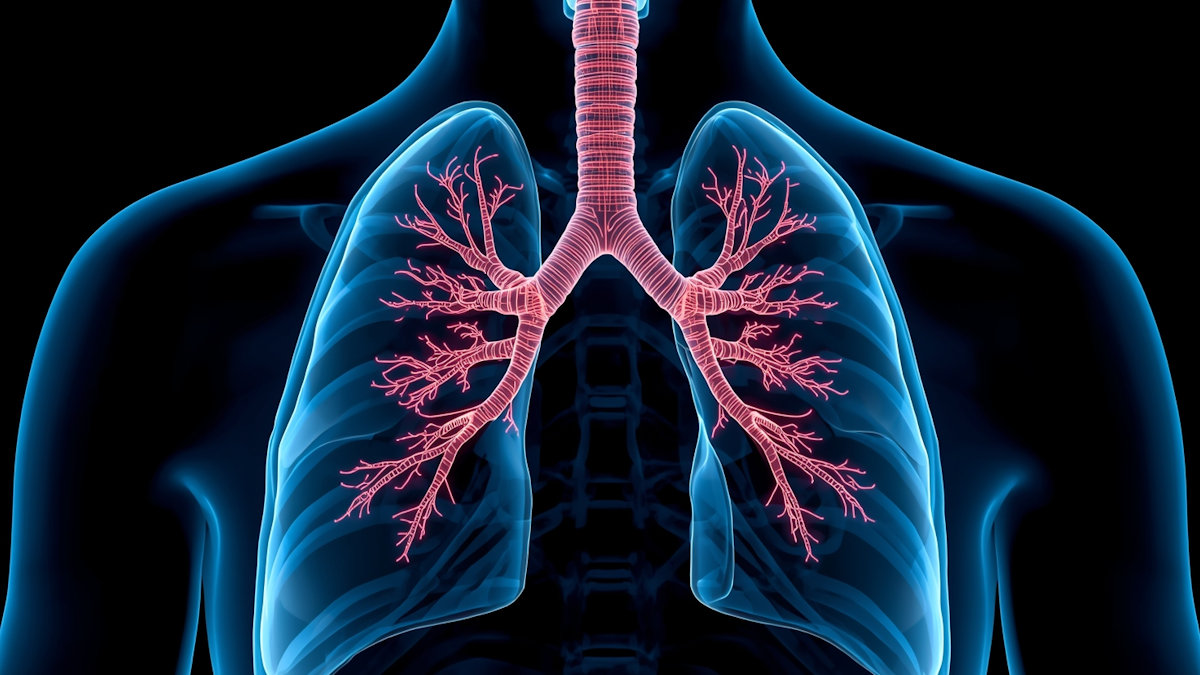Researchers at The University of Osaka in Japan have engineered a novel technique, balloon-assisted bronchoscope delivery (BDBD), to guide endoscopes to small, early-stage lung cancers hidden deep within the periphery of the lungs.
By using a small balloon to gently widen the airways, the method overcomes the physical limitations of conventional bronchoscopy, promising to revolutionise both the accuracy of early diagnosis and the potential for minimally invasive treatment.
Lung cancer is a leading cause of cancer mortality worldwide. While CT scans have improved the detection of small, suspicious lesions in the peripheral lung fields, obtaining a definitive diagnosis requires a tissue biopsy. However, the bronchi become progressively narrower and more complex toward the periphery, making it physically impossible for conventional bronchoscopes to reach these remote targets. Clinicians were often forced to stop several centimetres away, limiting the precision of biopsies and subsequent treatment.
Instead of pursuing thinner endoscopes, the research team widened the airway to create a path. The BDBD method involves advancing a thin catheter with a small balloon to the point where the bronchial pathway narrows. The balloon is gently inflated, dilating the bronchus and allowing the bronchoscope to be advanced further toward the lesion. In a first-in-human clinical trial, the team successfully demonstrated that this technique is both safe and effective, enabling access to lesions smaller than 20mm.
The BDBD technique offers a major breakthrough by enabling access to the peripheral lung field with minimal burden on the patient through the use of a simple balloon catheter. This enhanced accessibility is expected to dramatically improve the diagnostic accuracy for early-stage lung cancer, allowing for earlier and more effective intervention. Furthermore, it paves the way for future endoscopic therapies, where tumours can be treated in a minimally invasive manner without the need for major surgery.
“BDBD is a homegrown Japanese technology developed through industry-academia collaboration,” said Atsushi Kumanogoh.
“Our study has demonstrated its utility and safety. By allowing us to reach deep into the lungs where we couldn’t before, we expect to significantly expand the options for early diagnosis and minimally invasive treatment of lung cancer.”
Jim Cornall is editor of Deeptech Digest and publisher at Ayr Coastal Media. He is an award-winning writer, editor, photographer, broadcaster, designer and author. Contact Jim here.


